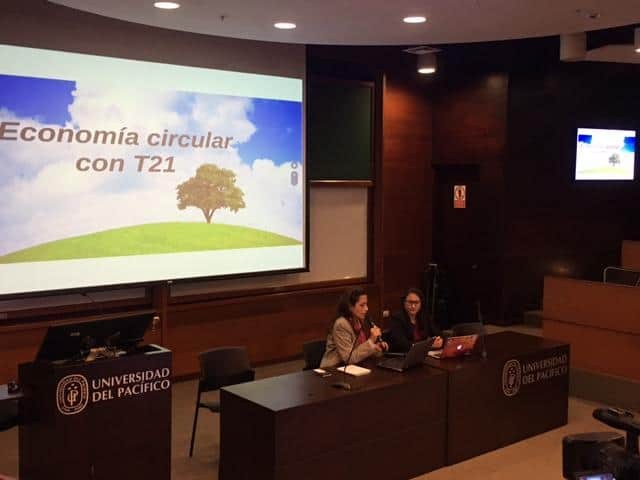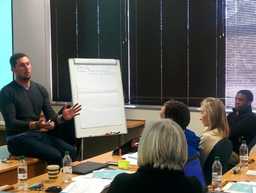On 12 July 2017, a workshop on “the Integrated Green Economy Modelling Tool” (IGEM) brought together Peruvian governmental entities with two main goals. First, the workshop aimed to broaden and strengthen Peruvian experts’ abilities to align green growth with the formulation of economic models for short, medium and long-term growth. Second, it encouraged incorporating the IGEM into the drafting, implementation and impact evaluation of public policies with a particular focus on green policies.

The workshop was organized by PAGE Peru in coordination with the Ministry of Environment and UN Environment and convened experts from the Millenium Institute, UN Environment, University of British Columbia, Universidad Iberoamericana de Puebla, Universidad del Pacífico as well as around 70 professional participants from civil service (INEI, MEF, MTC, MINAM, MINAGRI, PRODUCE, MTPE, CEPLAN), international cooperation, the private sector and civil society.
The national coordinator of PAGE Peru, Miguel Ángel Beretta, opened the event by calling upon key stakeholders to share the main modelling tools they use. At this point, Beretta also stressed the importance of green economy, saying, “Green policies can contribute to the sustainable development of Peru”.
José Pineda, UN Environment consultant and professor at the University of British Columbia, presented “the Integrated Green Economy Modelling Tool” demonstrating the existence of “modelling feedback” in a way that an output from one model can be an input for another one.
In addition, María Eugenia Ibarrarán, who works at the Universidad Iberoamericana de Puebla, spoke from her own experience in Mexico by highlighting the relevance of using the dynamics of modelling in order to build synergies between the social, economic and environmental spheres.
Finally, Susana Assuad, researcher and modeller at the Millenium Institute explained the practical use of the causal relations that the Model T21 presents in terms of measuring the general public policy impacts in the environmental, social and economic areas. With this tool in hand, it is possible to directly link policies with different green growth indicators and enhance sustainable policy-making.



